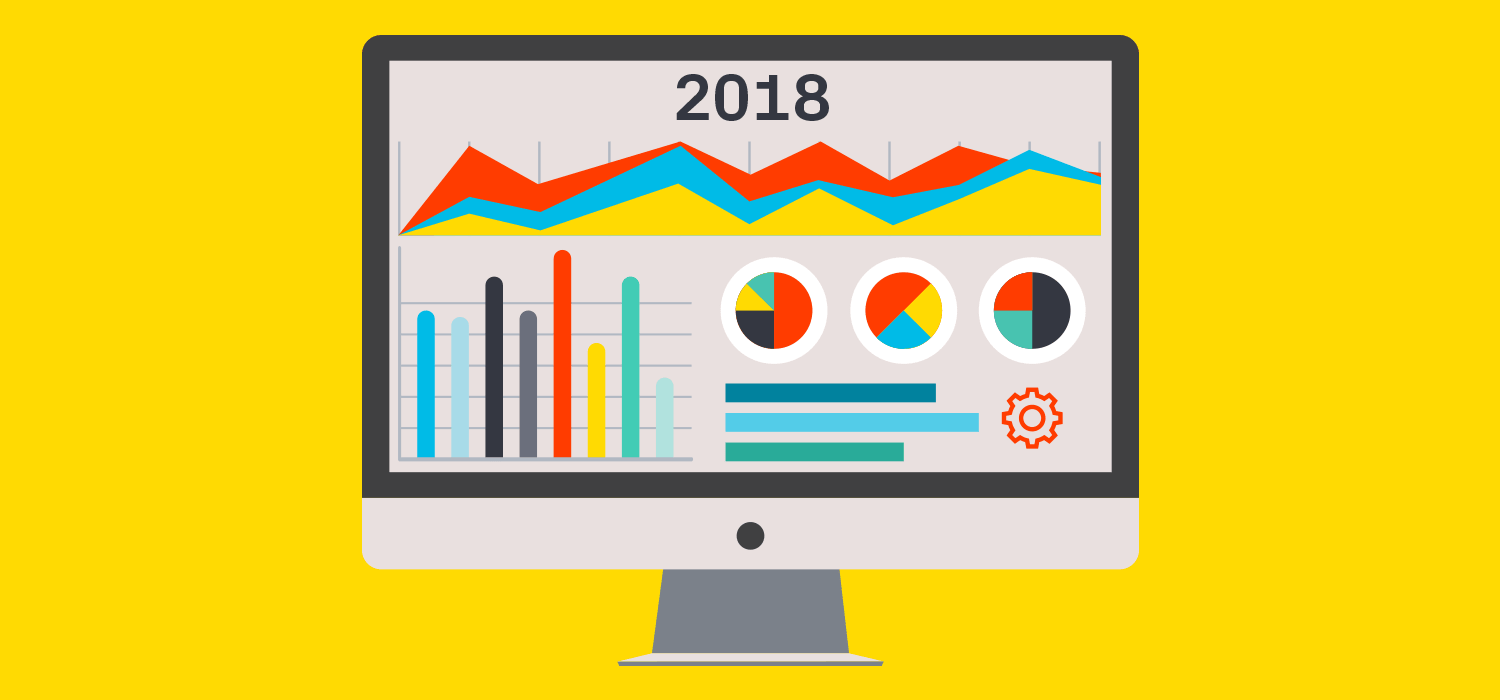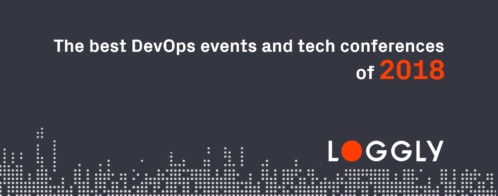6 DevOps trends to watch in 2018

Here at Loggly, we live and breathe logs and uncovering underlying data. It probably comes as no surprise that we’re passionate about the future of log analysis and metric monitoring. Communicating with key subject matter experts in the DevOps space plays an important role in helping us understand where the industry is headed. To gain insight into trends for 2018, we caught up with six DevOps experts and asked them:
What’s the number-one trend you see for log analysis and monitoring in 2018?
Here’s what our panel of influencers had to say.
1. Joe Beda
“By far the biggest trend that I see is the application itself getting more involved in exporting structured metrics and logs. These logs are built so that they can be filtered and aggregated. Being able to say ‘show me all the logs impacting customer X’ is a huge, powerful step forward. Doing this in a way that crosses multiple microservices is even more powerful. As logs become more structured, we get flexible in collecting them and in how we store and visualize them. Throwing off domain-specific metrics in a time series can help pinpoint not just that something is in trouble, but help to understand why it is in trouble.”
Joe Beda
CTO and Founder, Heptio
@jbeda
2. Sylvain Kalache
“An obvious part of the DevOps toolbox is the container. One process per container can drastically change the volume of hosts and log volume. Logs need to be moved away from containers as soon as possible, and logs need to be exhaustive because by the time you need to debug something, the container might already be gone. Container-designed architecture means that the logging infrastructure must be suited for it and requires new ways of shipping and managing apps. Software engineers cannot ignore this trend and a lot of them are already hooked.”
Sylvain Kalache
Co-founder of Holberton School
@SylvainKalache
3. Andrew Storms, CISSP
“As we rush to adopt AI-like functionality into everything in our lives, humans will begin to demand more accountability and governance. A key part in providing accountability for these tools is going to be event logs and analysis. Gone are the days of sysadmins tailing log files, looking for patterns or anomalies that catch their eye. The data that these systems generate is so massive that it now requires algorithms to parse and analyze. One piece of advice: Design your systems from the beginning to handle accurate log analysis and security functionality. Adding these critical features later on will end up costing you ten times more.”
Andrew Storms, CISSP
VP of Product for New Context
@st0rmz
4. Kelsey Hightower
“Most people don’t have adequate monitoring. They don’t emit or collect the required data to do so. In 2018, it will become far easier to collect logs and metrics. Those capabilities will be built into application platforms. We will see more people adopting service meshes to provide basic observability from the network.”
Kelsey Hightower
Developer Advocate, Google
@kelseyhightower
5. Mike D. Kail
“As more and more applications move to container orchestration tools, the corresponding log analysis and metrics solutions need to automatically surface fine-grained details for security and compliance reasons. Companies can’t afford to not embed log correlation and analysis as early on in the development and deployment pipelines as possible.”
Mike D. Kail
CTO at Cybric
@mdkail
6. Krishnan Subramanian
“In 2018, applying machine learning or deep learning models on logs and gaining better insights will emerge as a trend. With modern stacks, containers, and cloud, traditional approaches to log management will be a handicap. Modern log management tools will focus on providing predictive insights—helping IT operate at scale.”
Krishnan Subramanian
Founder and Chief Research Analyst, Rishidot Research
@krishnan
A key takeaway from our experts across the board: The expectation to seek information only as needs arise is shifting. Now it’s about utilizing powerful tools for early detection. Warning about anomalies or fluctuations before they cause issues is the 2018 mind shift. It’s time to probe systems in predictive ways. For example, instead of asking why a server was slow last week, tools like Loggly are answering the question, “Will a server will be slow next week?” The trend for 2018 is about tools working together for a unified experience, and Loggly’s development follows the trajectory of this shift.
What has always been a powerful tool to aggregate, manage, and analyze your logs has evolved into a powerful solution that provides observability into your stack. Because Loggly’s easy to use – it doesn’t require agents to be installed, or knowledge of a proprietary query language – its power is highly accessible, but our dashboards and charts make it even easier to track the systems and metrics that matter the most to your org and show you and your peers the status of your stack at a glance. It fits easily in to your workflow with alert endpoints to HipChat, Slack, and PagerDuty (to name a few), notifying you and your team about issues immediately in whatever space you already work by communication tools you already use.
Over time we’ve developed new features in Loggly that enhance stack visibility to speed your MTTR and reduce your downtime. Last year, we released our surround search feature to quickly let you see the other events occurring just before and after your identified log event so you understand the full situation quickly. Enterprise customers know that Loggly can show you the exact line of source code in GitHub that is throwing the errors in your logs and who committed the change. We help you collaborate with your team via our integration to create Jira tickets with the logs pre-populated, letting you bring the team up to speed and get the issue tracked, fixed, and documented.
We continued down this path last month when we announced the SolarWinds acquisition of Loggly. Adding Loggly to the SolarWinds product suite means more for our customers in 2018 – more actionable information, even greater visibility, and better insight into your stack – all from one suite of solutions. Sign up for a free 14-day trial today, and experience it for yourself!
The Loggly and SolarWinds trademarks, service marks, and logos are the exclusive property of SolarWinds Worldwide, LLC or its affiliates. All other trademarks are the property of their respective owners.
Jake Dennison

